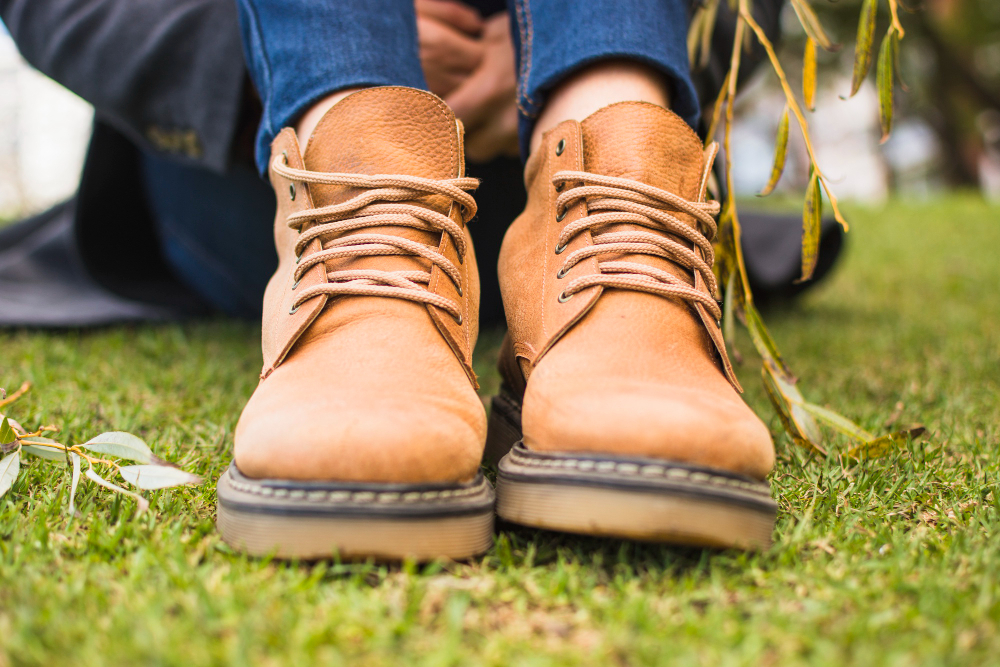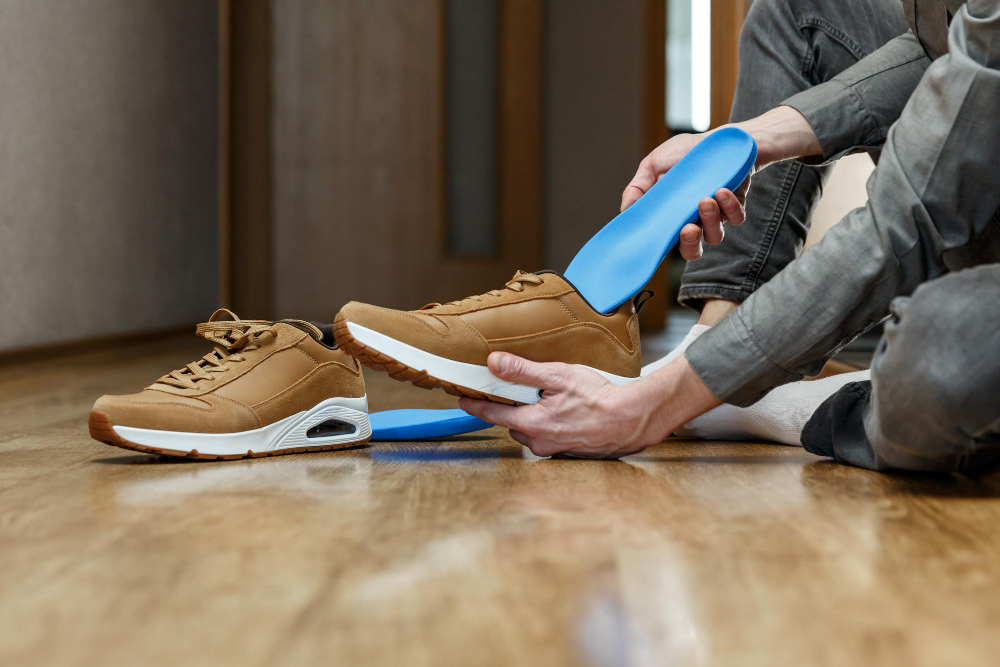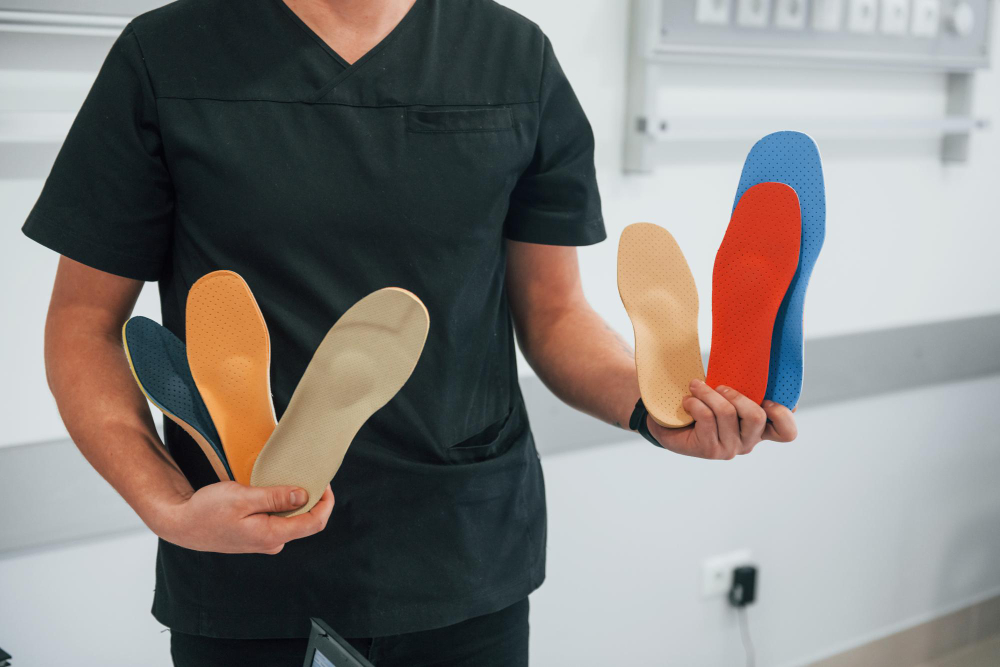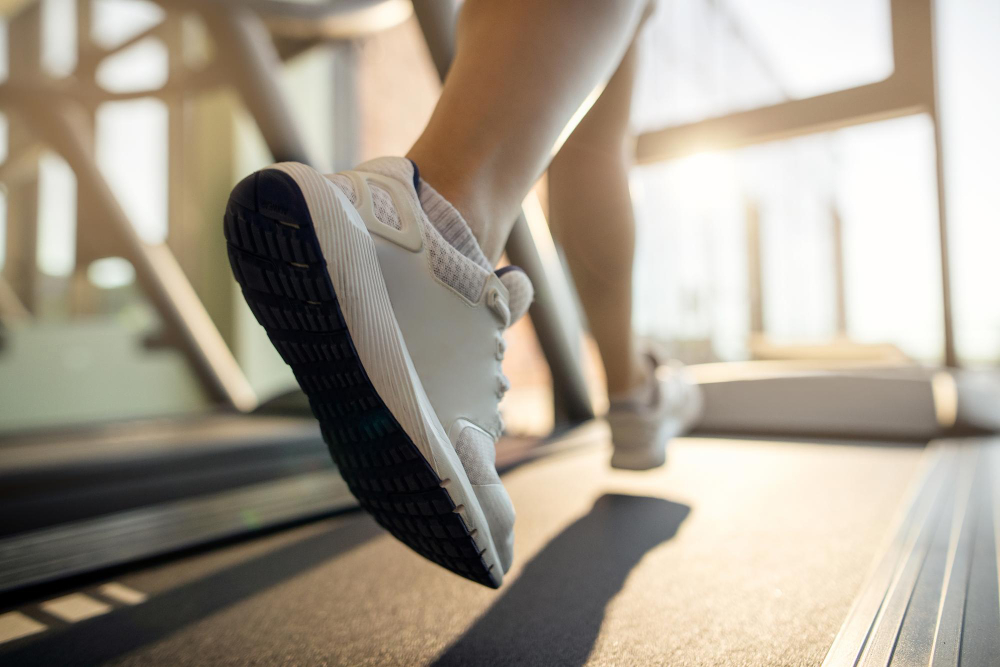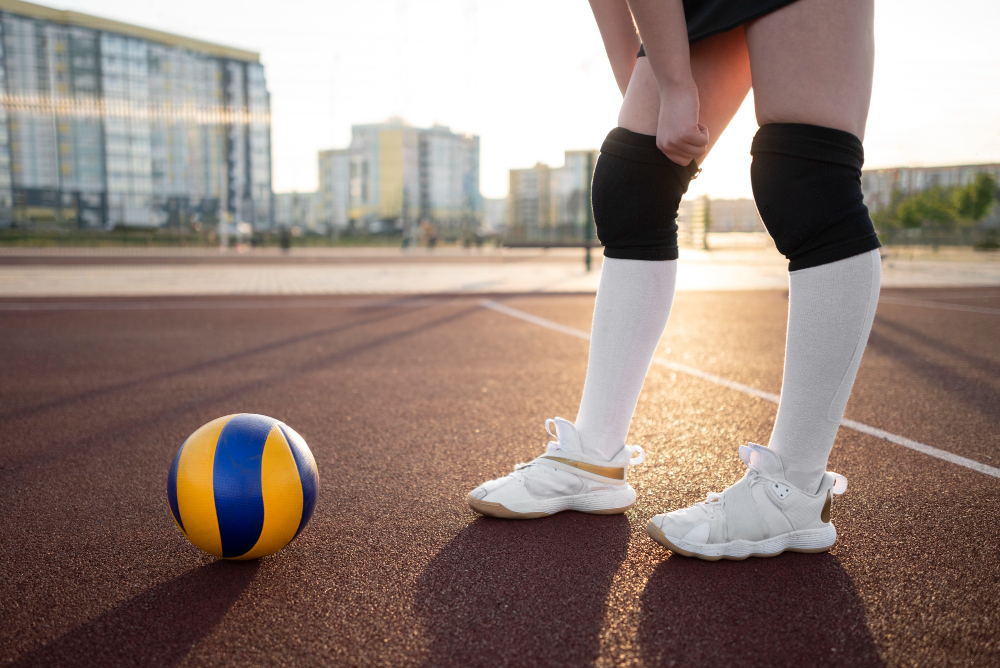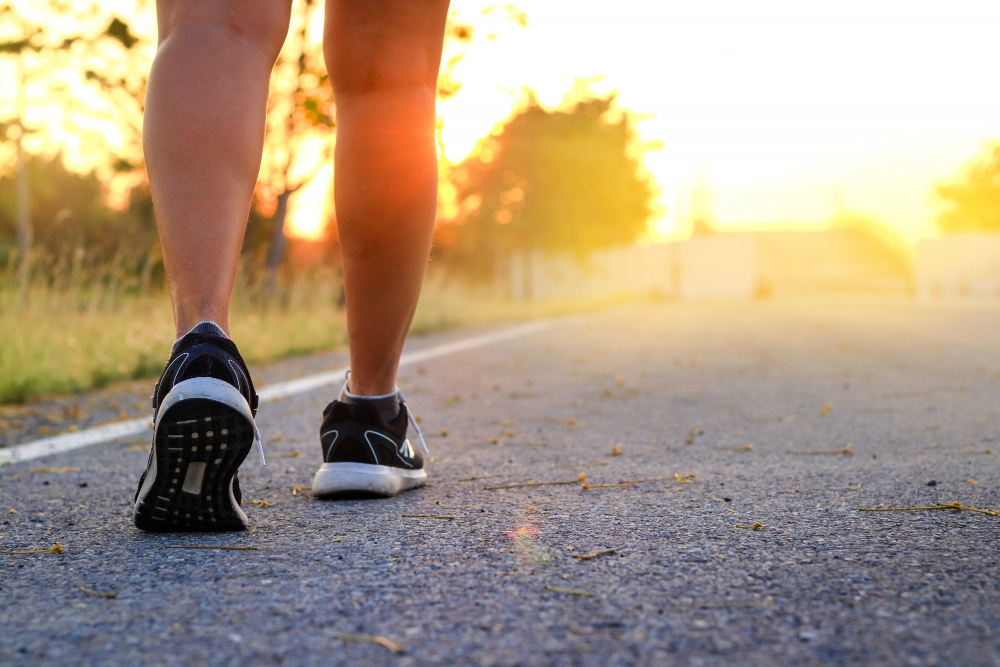Cycling and foot orthotics
Along with proper pedal position, the correct alignment of the foot is critical for maximizing cycling performance. By contrast, an incorrectly positioned foot can lead to knee injuries, foot and hip pain, and shin splints. Improper foot positioning can be caused by biomechanical imbalances in the feet, such as overpronation or supination. Leg length differences can also lead to injuries and inefficiencies in pedal strokes. Poorly-fitting shoes and the improper positioning of cleats can also negatively impact performance and may lead to overuse injuries over time. Cycling has specific biomechanical demands on the feet, and orthoses designed for cyclists often require forefoot balancing. It is important to discuss aches or other issues with your orthotics provider, as many biomechanical imbalances can be corrected with properly fitted orthotic inserts. Common cycling foot injuries include:
Achilles Tendonitis
Irritation and inflammation of the large tendon attaching the heel to the muscles of the calves. In addition to pre-existing biomechanical issues and improper pedalling technique, the condition can also caused by incorrect seat height and overtraining.
h2. Numbness
Numbness in the ball of the foot is often caused by trapped nerves in the toes. Tingling, burning and sharp pains in the toes can also be experienced. A foot orthotic can be used to transfer pressure from the ball of the foot onto other areas of the foot, reducing pressure on the nerves.
Sesamoiditis
The sesamoid bones are located beneath the metatarsal bones and can become aggravated during cycling. Cycling orthoses can be used to decrease stress on the sesamoid bones.
Selecting Cycling Shoes
Cycling shoes should be stable in order to more efficiently transfer power from the foot to the pedal. A rigid shank is needed to prevent the foot from collapsing while pedalling, which can lead to arch pain, and plantar fasciitis, an inflammation of the connective tissue on the sole of the foot.
Cycling Shoes and Orthotics
Unfortunately, cycling shoes are often manufactured with little to no arch support. While the liners supplied with cycling shoes are usually soft, they can easily be removed and replaced with an orthotics device designed to reduce stresses related to abnormal movements and biomechanical deficiencies, and improve the efficiency of the pedal stroke. Custom orthotics can help to ensure that knees and feet are correctly positioned to decrease the incidence of overuse injuries and ensure that power is efficiently harnessed. Orthotics that conform to the arch of your foot will ensure that force and pressure from the foot are transferred directly to the pedal. Orthotics can also be designed to address numbness in the toes while cycling, shin splints, and Achilles tendonitis. Cycling orthotics must be lightweight and may need a slender profile to accommodate the narrower fit of most cycling shoes.

